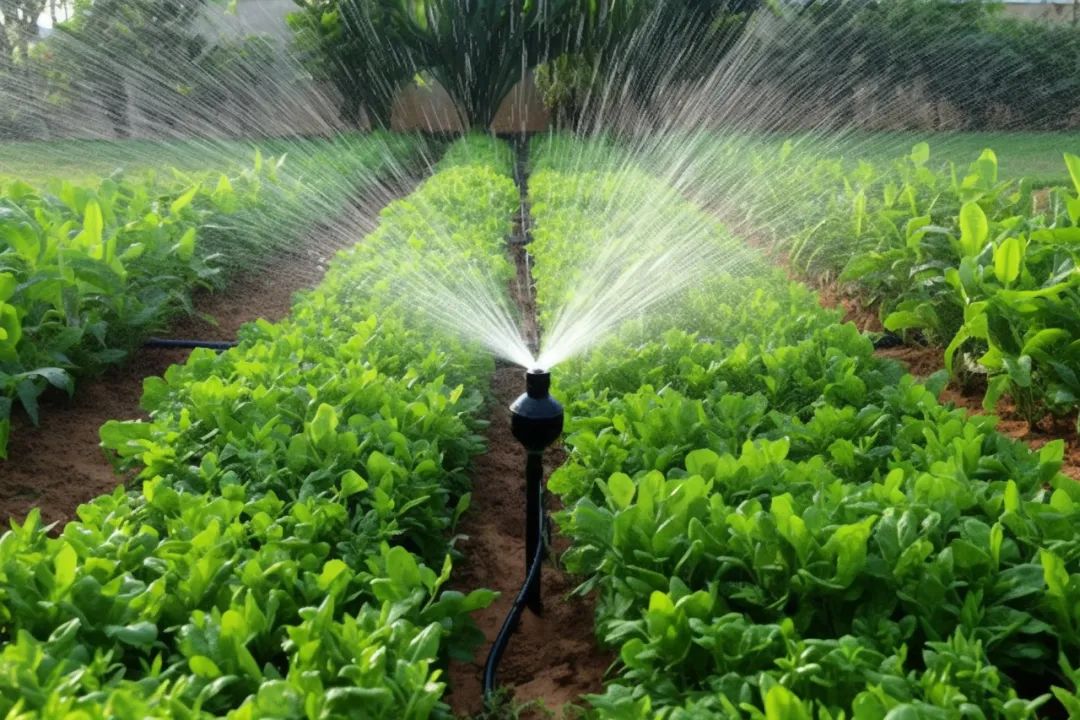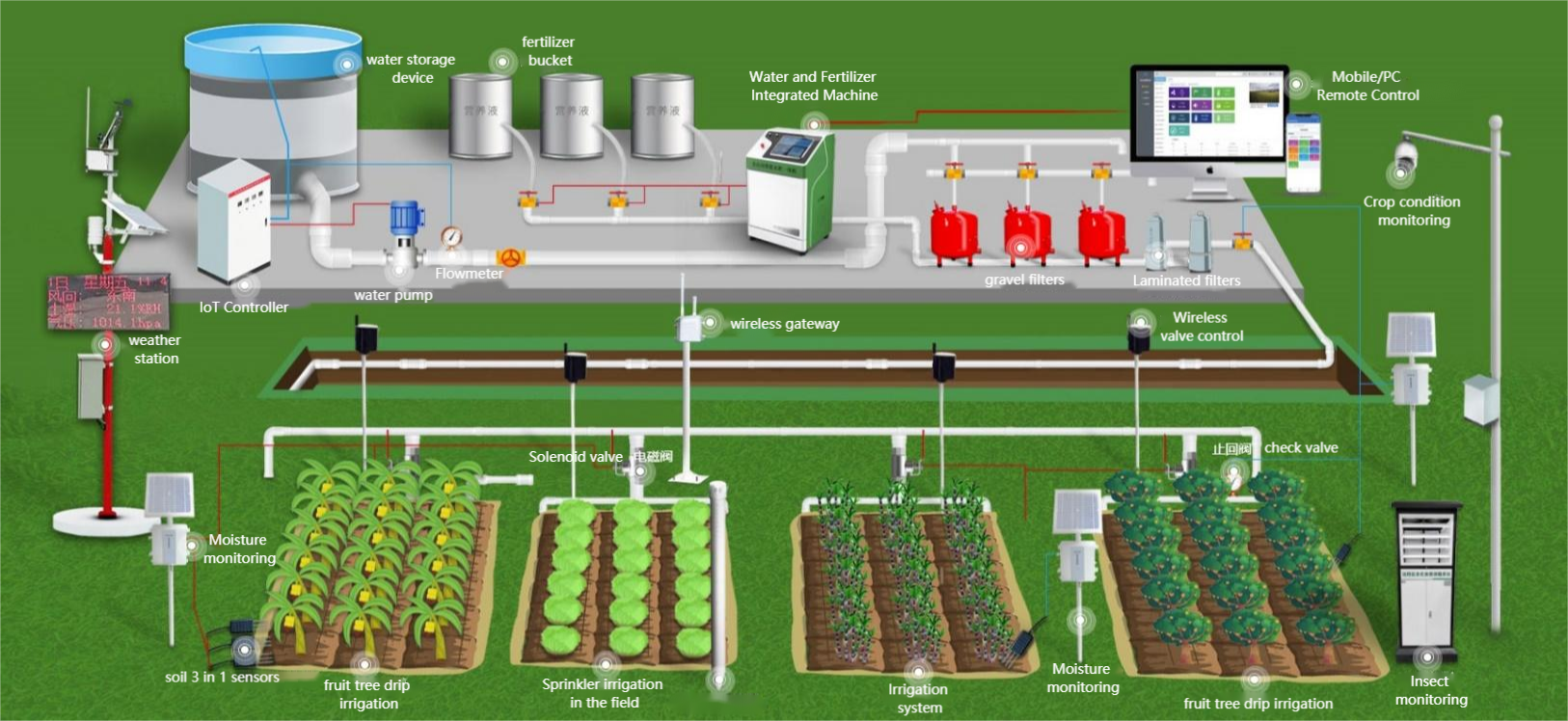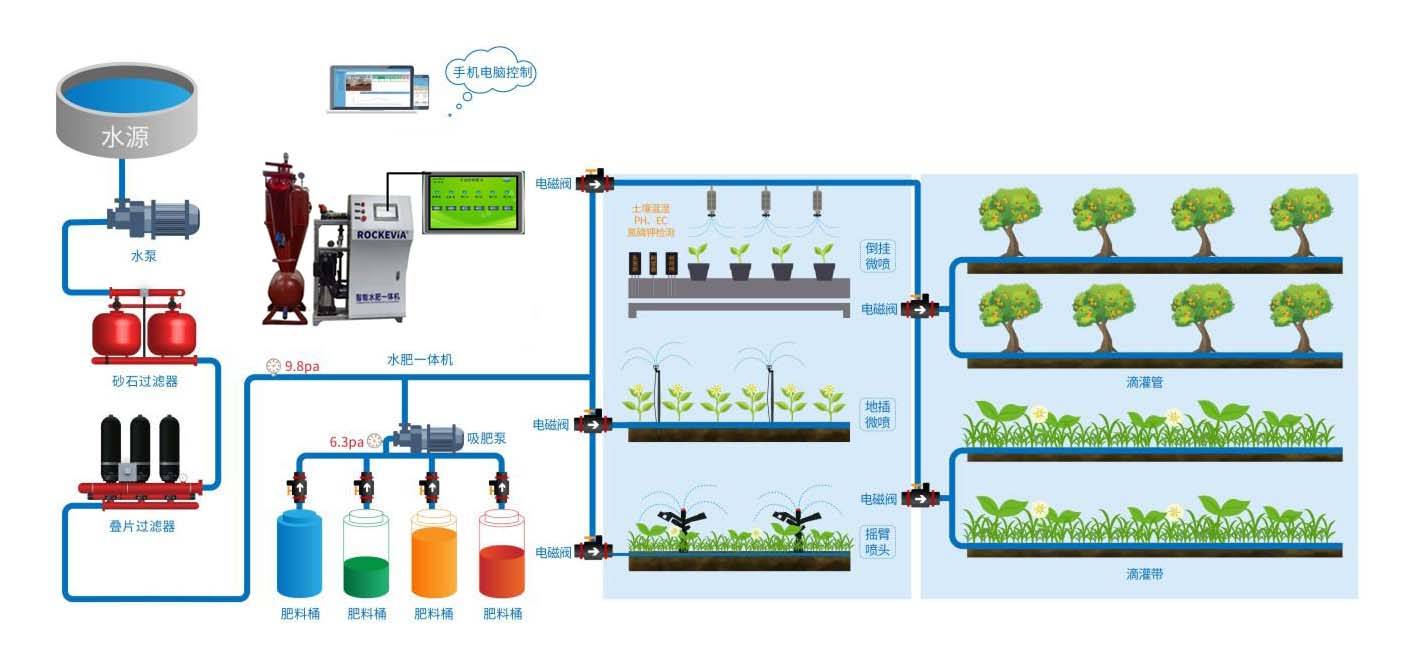

— Blogs —
—Products—
 Consumer hotline +8618073152920
Consumer hotline +8618073152920 WhatsApp:+8615367865107
Address:Room 102, District D, Houhu Industrial Park, Yuelu District, Changsha City, Hunan Province, China
Product knowledge
Time:2025-03-27 20:42:52 Popularity:79
In modern agriculture, precise management of soil moisture has become key to improving crop yields, conserving resources, and protecting the environment. Soil moisture sensors and soil moisture monitoring stations, as advanced technological tools, provide real-time monitoring and data analysis, offering farmers and agricultural experts a solid foundation for scientific decision-making. This article will explore the working principles and characteristics of soil moisture sensors and the multiple roles of soil moisture monitoring stations in agriculture.

Soil moisture sensors are core devices in precision agriculture, capable of directly measuring soil moisture content and providing reliable support for water and fertilizer management.
Soil moisture sensors primarily measure the dielectric constant of the soil to determine the water content. The dielectric constant is a comprehensive reflection of soil moisture, conductivity, and matrix properties, which is closely related to the volumetric percentage of water. After the sensor's probe is inserted into the soil, it emits electromagnetic signals and analyzes the response, using built-in algorithms to calculate accurate moisture data. Some advanced models can also measure soil conductivity (which reflects salinity or nutrient levels), further enriching the data dimensions.
1. High Precision and Fast Response
Sensors provide precise soil moisture readings, with errors typically within ±2%, and offer a quick response time, allowing real-time reflection of soil moisture changes. This characteristic is crucial for dynamic monitoring.
2. Durable Design
The probes are made of special alloy materials that are corrosion-resistant and impact-resistant. The fully sealed casing allows them to function in acidic, alkaline soils or water for long periods, making them suitable for underground or submerged use.
3. Easy Installation and Interchangeability
The probe insertion design does not require complex calibration, making installation quick, and different sensors exhibit good interchangeability, making large-scale deployment easier.
4. Multifunctionality
In addition to measuring moisture, many sensors can also measure temperature, conductivity, salinity, pH, and other parameters, providing comprehensive information for soil health assessment.
These features make soil moisture sensors an indispensable tool in agricultural production, especially in scenarios requiring detailed management.
Soil moisture monitoring stations are integrated systems that combine multiple sensors to continuously monitor key parameters like soil moisture and temperature, playing a wide-ranging role in agriculture.
- Real-time Monitoring: The monitoring station uses soil moisture sensors to track soil moisture changes 24/7, providing real-time data. Farmers can stay informed about field conditions, avoiding blind judgment based on experience.
- Precise Irrigation: Irrigation amounts and timing are adjusted according to the actual soil requirements, avoiding overwatering or under-watering. For example, when the soil moisture falls below the optimal threshold for crop growth, the system can prompt irrigation. This precision significantly improves water resource utilization efficiency and reduces irrigation costs.
- Water Resource Protection: Precision irrigation reduces unnecessary water waste, especially in areas with water scarcity, making this advantage particularly evident.
- Reduction of Fertilizer and Pesticides: The monitoring station can optimize fertilization plans by combining soil conductivity data, preventing excessive use of fertilizers and pesticides, thus saving costs and reducing soil burden.
- Optimizing Growth Conditions: Suitable soil moisture promotes root development and nutrient absorption. For example, maintaining proper soil moisture in rice fields enhances grain fullness, while preventing excess moisture in orchards improves fruit sweetness.
- Soil Protection: Proper moisture management can prevent salinization and erosion, maintaining soil structure health and ensuring long-term farm productivity.
- Precise Fertilization and Irrigation: By reducing fertilizer and pesticide runoff, the monitoring station minimizes the risk of agricultural pollution to groundwater and rivers.
- Ecological Sustainability: These environmentally friendly practices support sustainable agricultural development, aligning with global green agriculture trends.

- Data Support: The monitoring station records and analyzes soil data, which users can access through cloud platforms or mobile devices, enabling information management.
- Scientific Decision-Making: Based on long-term data trends, farmers can make more informed planting decisions and disaster prevention strategies. For example, analyzing spring soil moisture can optimize sowing times.
- Drought and Flood Warning: The monitoring station can detect abnormal soil moisture levels, predicting drought or flood risks in advance, helping farmers take preventive measures such as increasing irrigation or clearing drainage systems.
- Water Resource Planning: Moisture data provides a basis for regional water resource allocation, especially in arid areas, optimizing irrigation network design.
- Research Value: The data accumulated by the monitoring station offers valuable resources for soil science and climate change research. For example, analyzing the relationship between soil moisture and yield can help develop drought-resistant crops.
- Educational Use: Universities and research institutions utilize this data for teaching and experiments, promoting agricultural technological advancements.


With technological advancements, the functions of soil moisture sensors and monitoring stations will further improve:
- Intelligent Upgrades: Artificial intelligence can analyze historical data and automatically generate irrigation suggestions.
- Portable Design: More compact sensors could be used for smaller farms or mobile monitoring.
- Multi-Parameter Integration: Future devices may simultaneously monitor nitrogen, phosphorus, and potassium content, supporting comprehensive soil management.
These innovations will propel precision agriculture to new heights.

Soil moisture sensors and monitoring stations, with their precise measurement and multifunctionality, are becoming foundational tools in modern agriculture. Sensors provide real-time soil moisture monitoring, supporting water and fertilizer management, while monitoring stations use comprehensive data analysis to enhance irrigation efficiency, conserve resources, protect the environment, and drive agricultural intelligence. From improving crop yields to addressing climate challenges, these devices bring tangible benefits to global agriculture. As technology continues to evolve, they will further aid the development of precision agriculture, ensuring food security and ecological balance for a sustainable future.
1.NBL-S-THR Soil Temperature Moisture Sensor datasheet
NBL-S-THR-Soil-temperature-and-moisture-sensors-Instruction-Manual-V4.0.pdf
2. NBL-S-TMC Soil Temperature Moisture EC Sensor datasheet
NBL-S-TMC-Soil-temperature-and-moisture-conductivity-sensor.pdf
3. NBL-S-TM Soil Temperature Moisture Sensor datasheet
NBL-S-TM-Soil-temperature-and-moisture-sensor-Instruction-Manual-4.0.pdf
4. NBL-S-TMCS Soil Temperature, Moisture, Conductivity and Salinity Integrated Sensor
NBL-S-TMCS-Soil-Temperature-Humidity-Conductivity-and-Salinity-Sensor.pdf
Prev:Photovoltaic Environmental Monitoring Station: Functions, Features, and Applications
Next:Ultrasonic Anemometer: Measurement Principle, Features, and Functional Advantages
Related recommendations
Sensors & Weather Stations Catalog
Agriculture Sensors and Weather Stations Catalog-NiuBoL.pdf
Weather Stations Catalog-NiuBoL.pdf
Related products
 Combined air temperature and relative humidity sensor
Combined air temperature and relative humidity sensor Soil Moisture Temperature sensor for irrigation
Soil Moisture Temperature sensor for irrigation Soil pH sensor RS485 soil Testing instrument soil ph meter for agriculture
Soil pH sensor RS485 soil Testing instrument soil ph meter for agriculture Wind Speed sensor Output Modbus/RS485/Analog/0-5V/4-20mA
Wind Speed sensor Output Modbus/RS485/Analog/0-5V/4-20mA Tipping bucket rain gauge for weather monitoring auto rainfall sensor RS485/Outdoor/stainless steel
Tipping bucket rain gauge for weather monitoring auto rainfall sensor RS485/Outdoor/stainless steel Pyranometer Solar Radiation Sensor 4-20mA/RS485
Pyranometer Solar Radiation Sensor 4-20mA/RS485
Screenshot, WhatsApp to identify the QR code
WhatsApp number:+8615367865107
(Click on WhatsApp to copy and add friends)